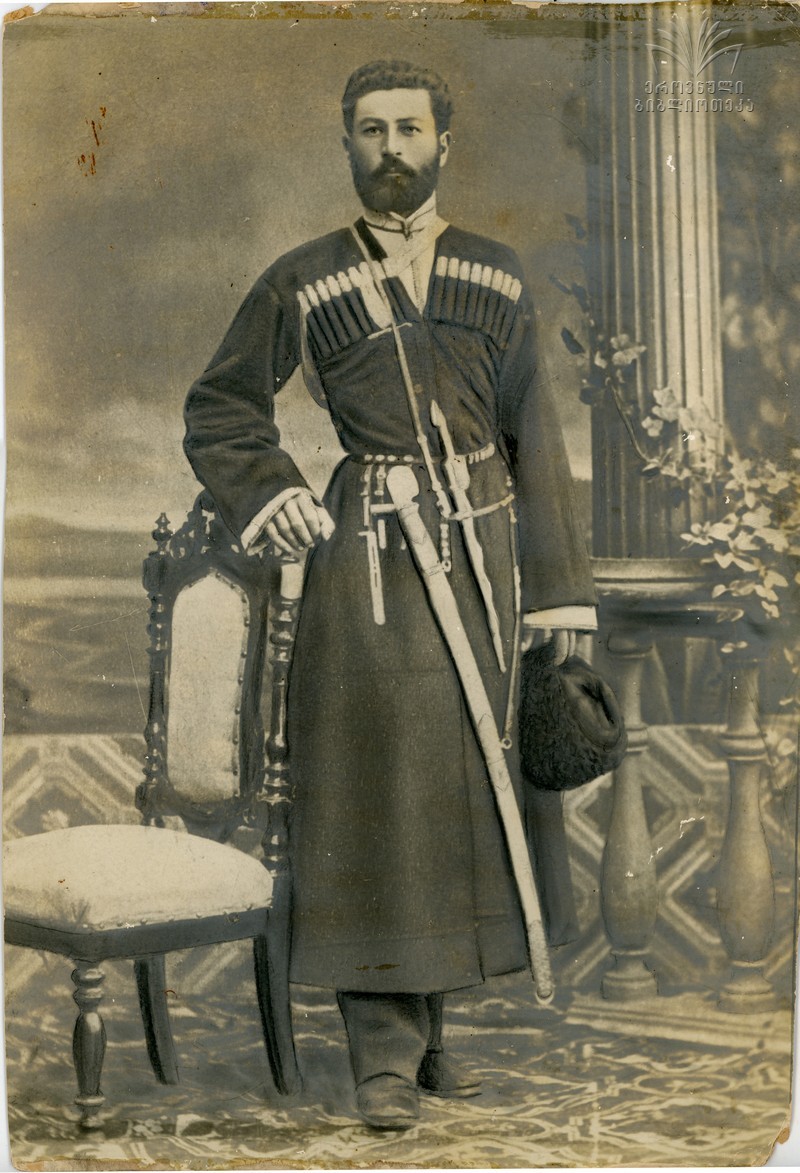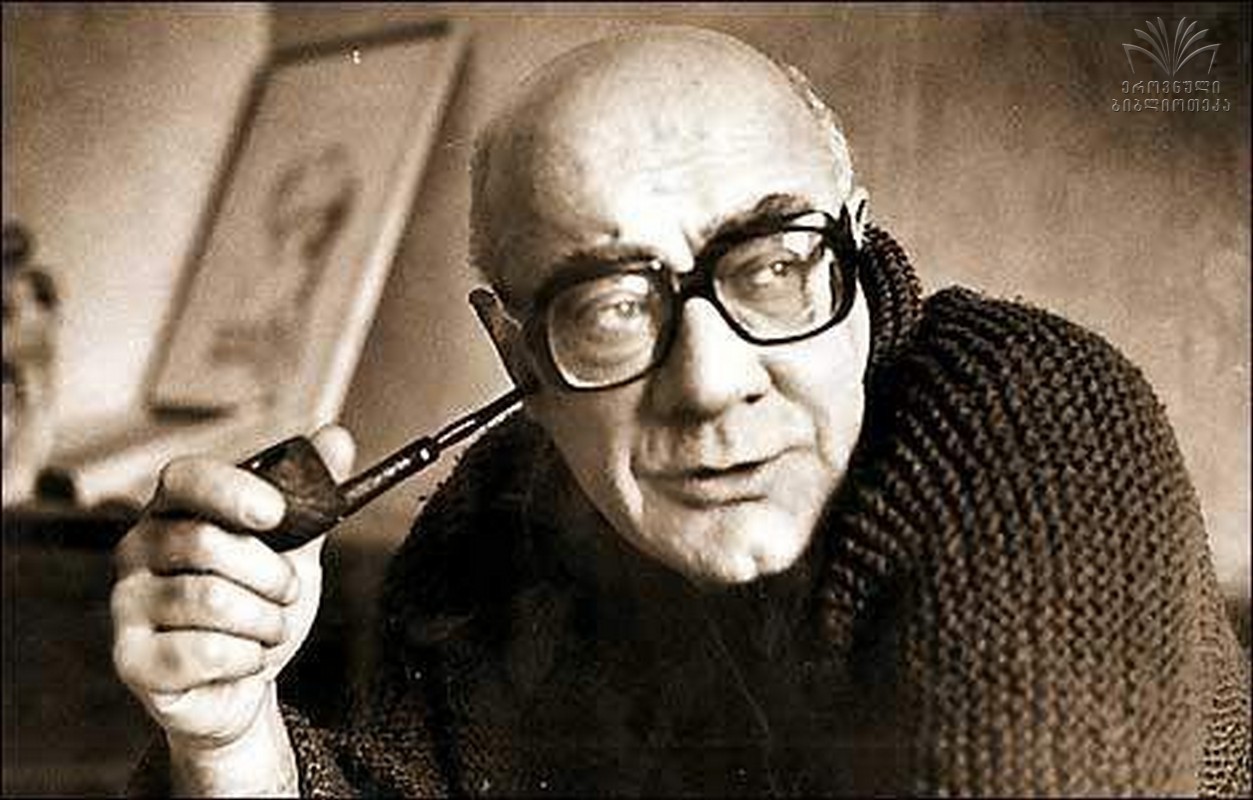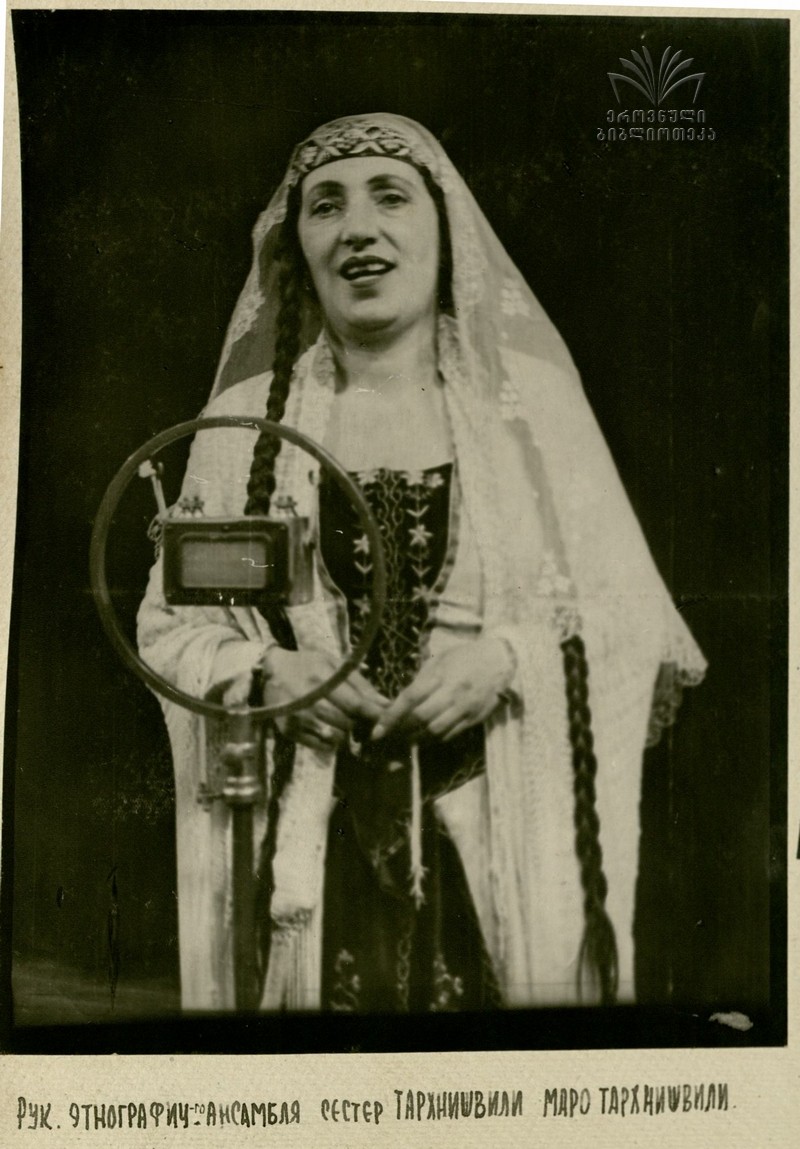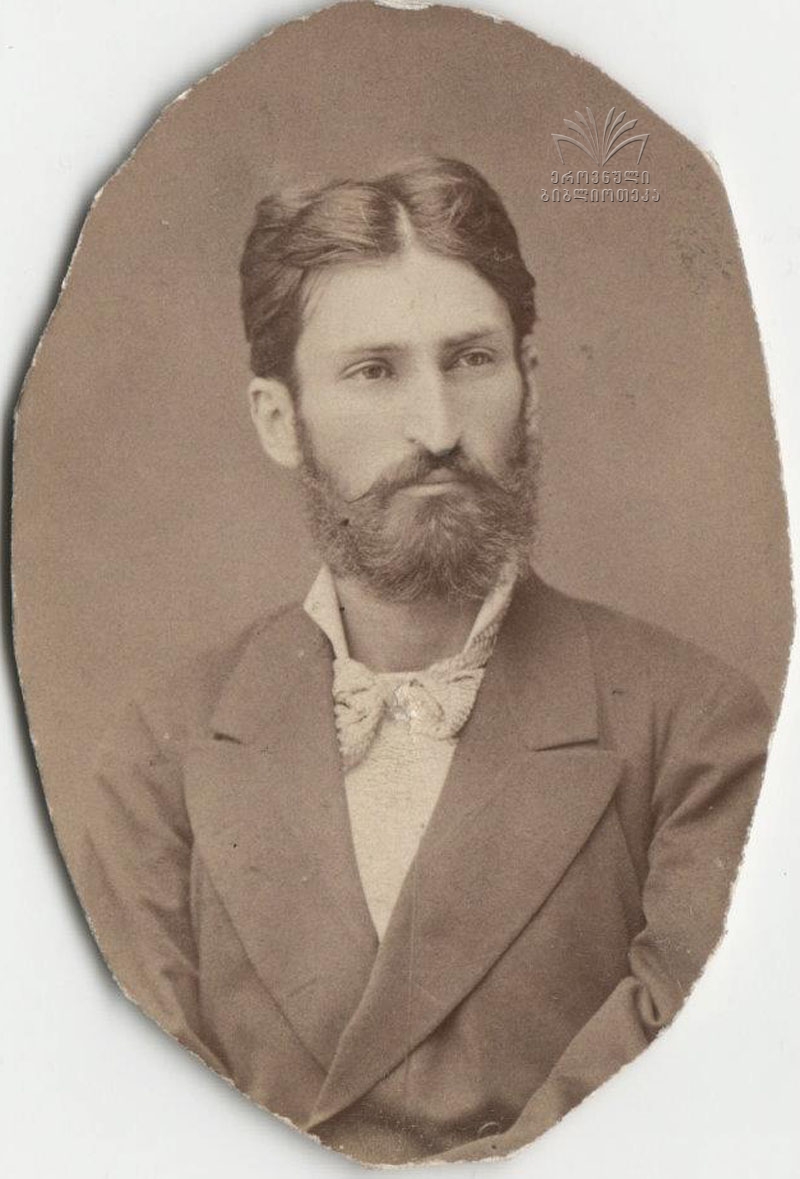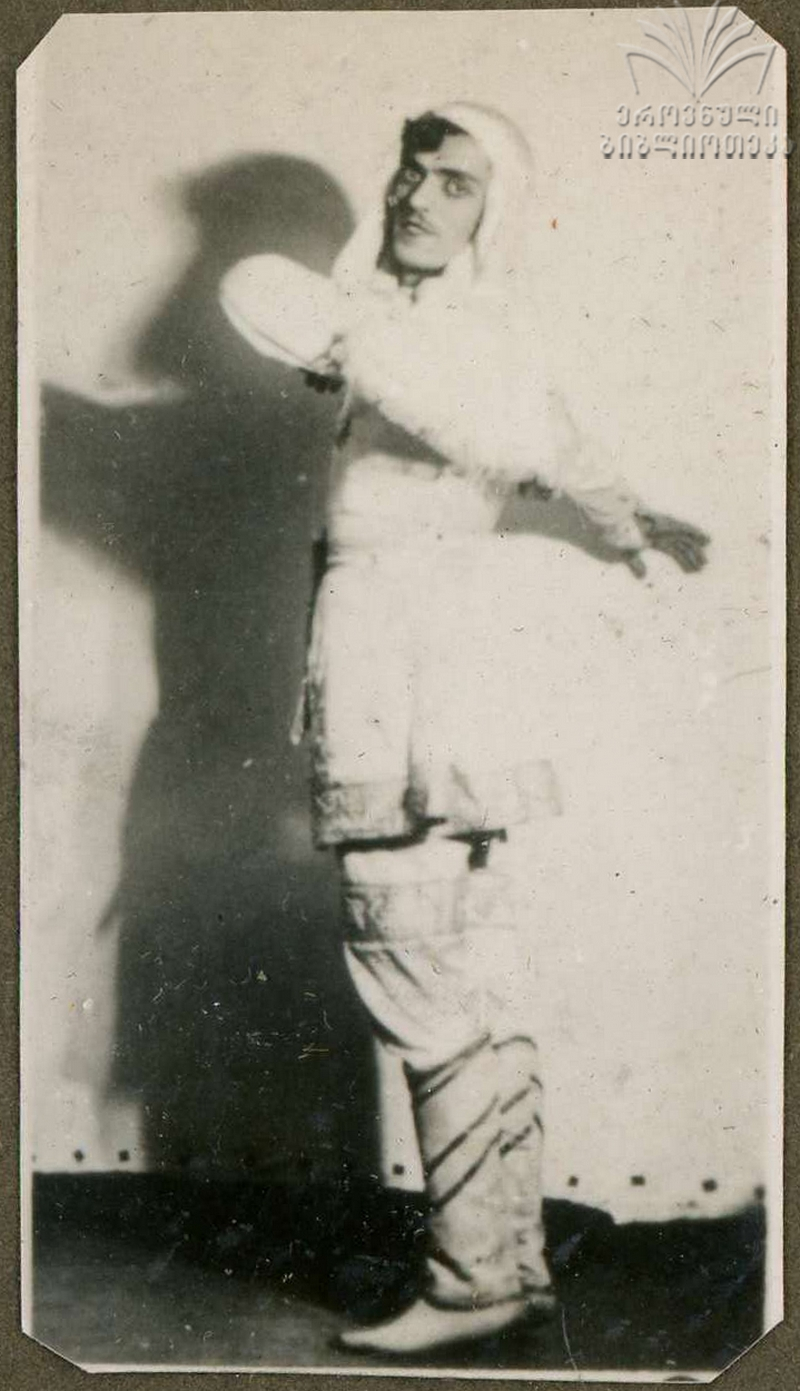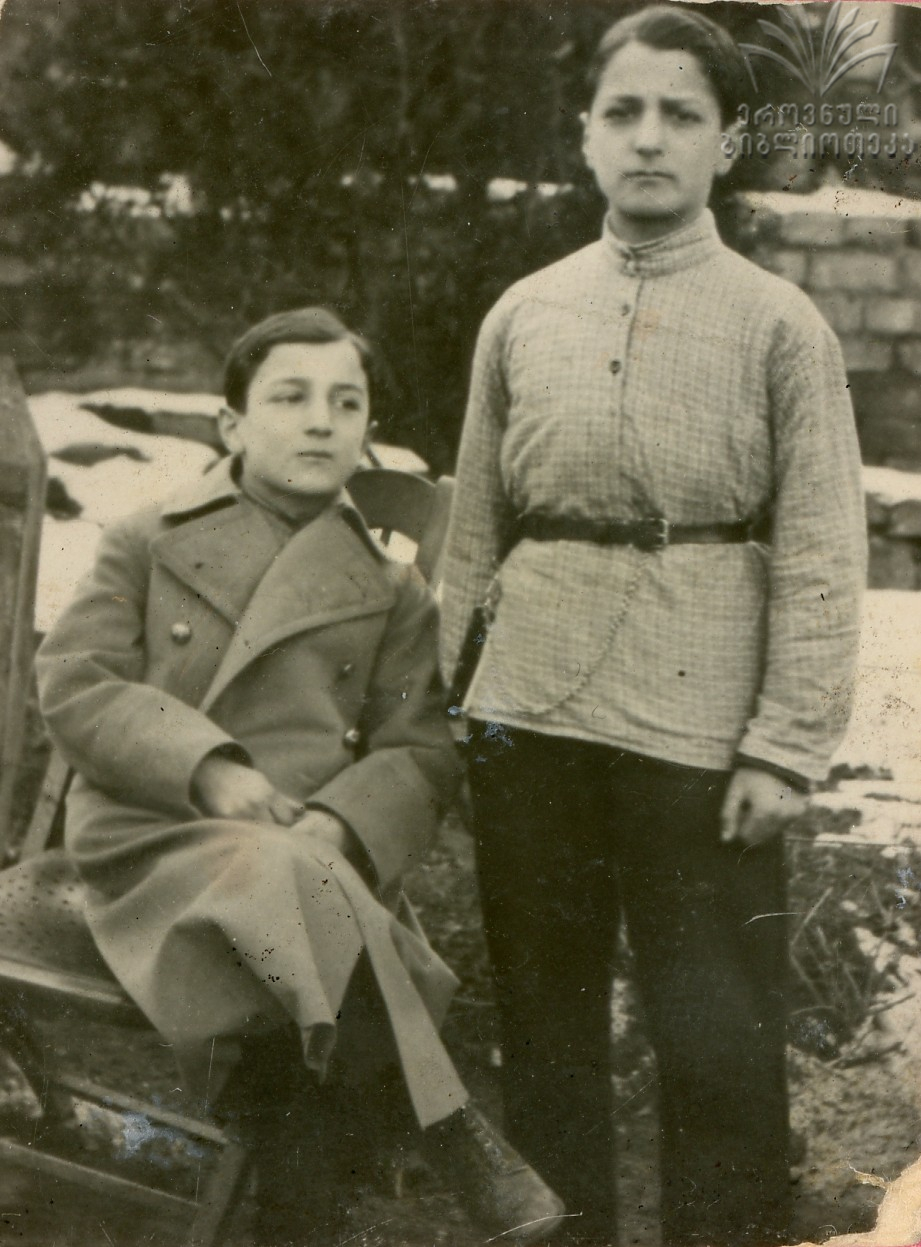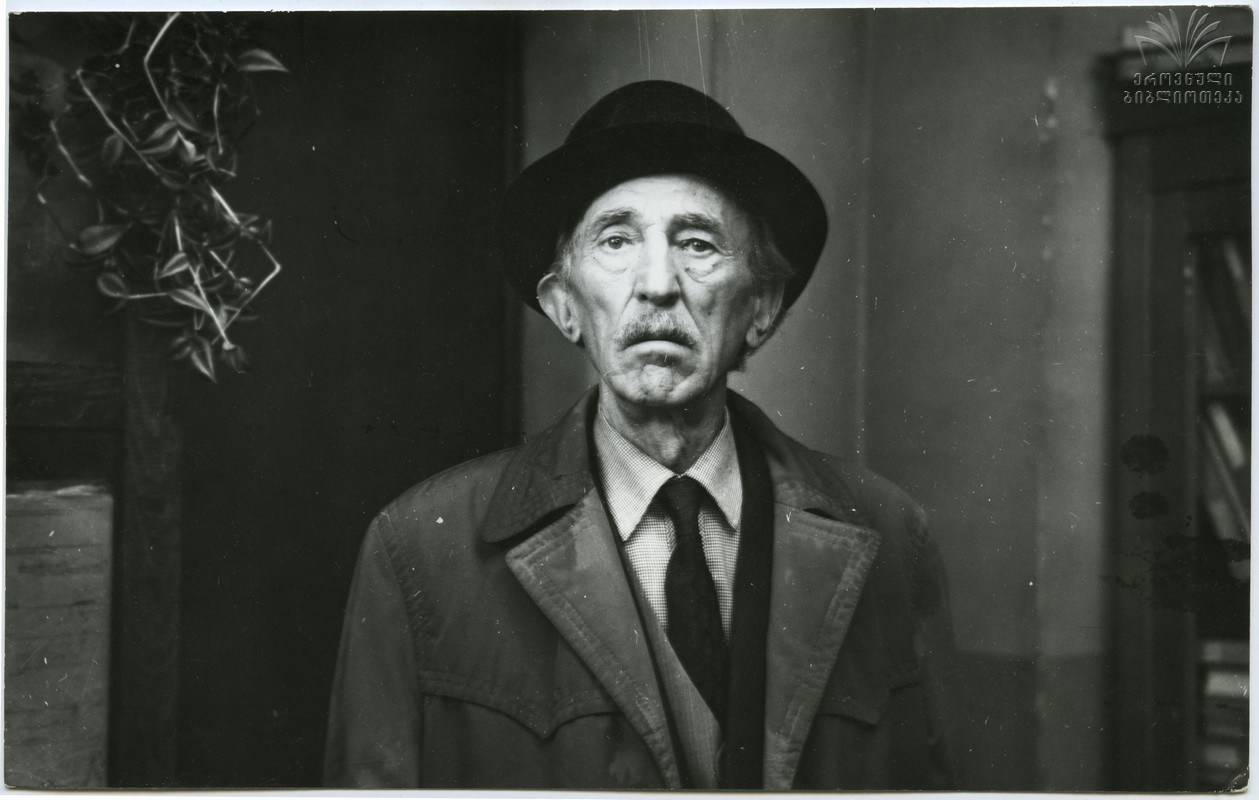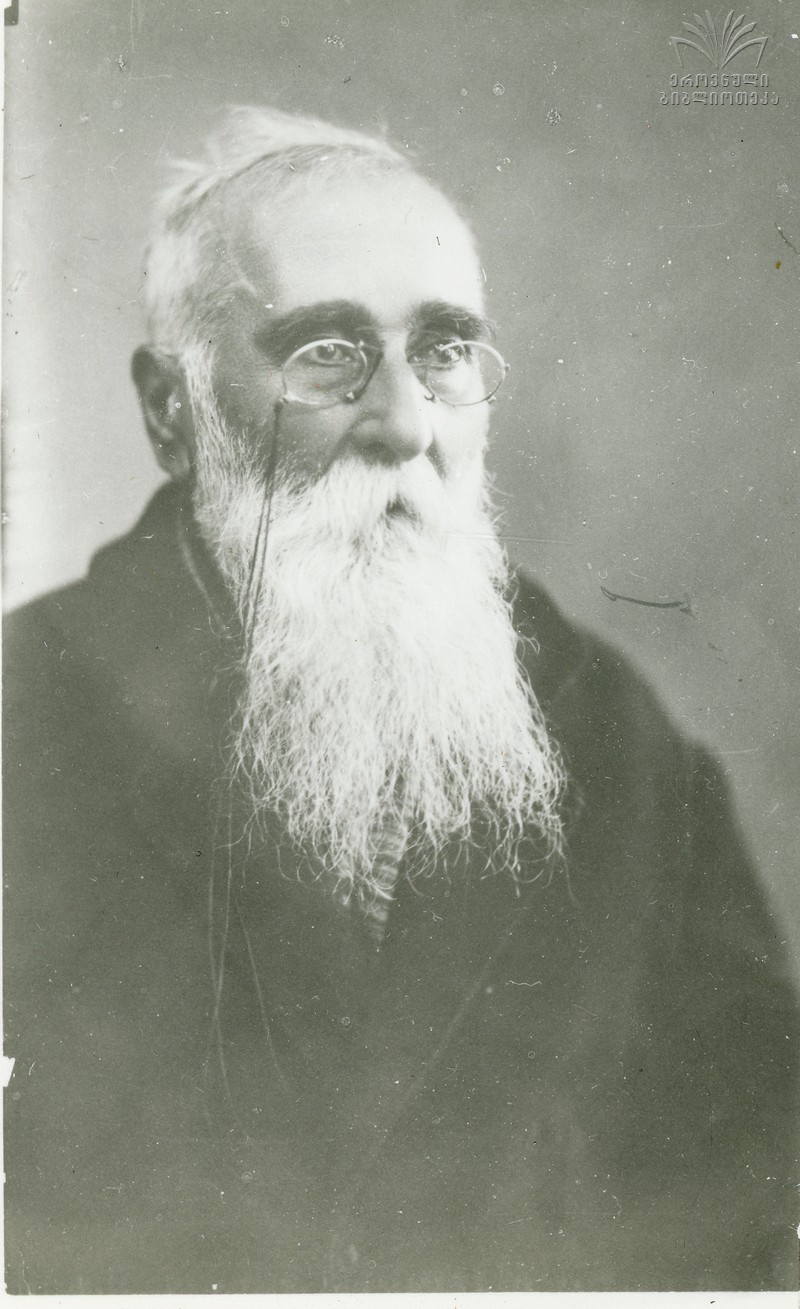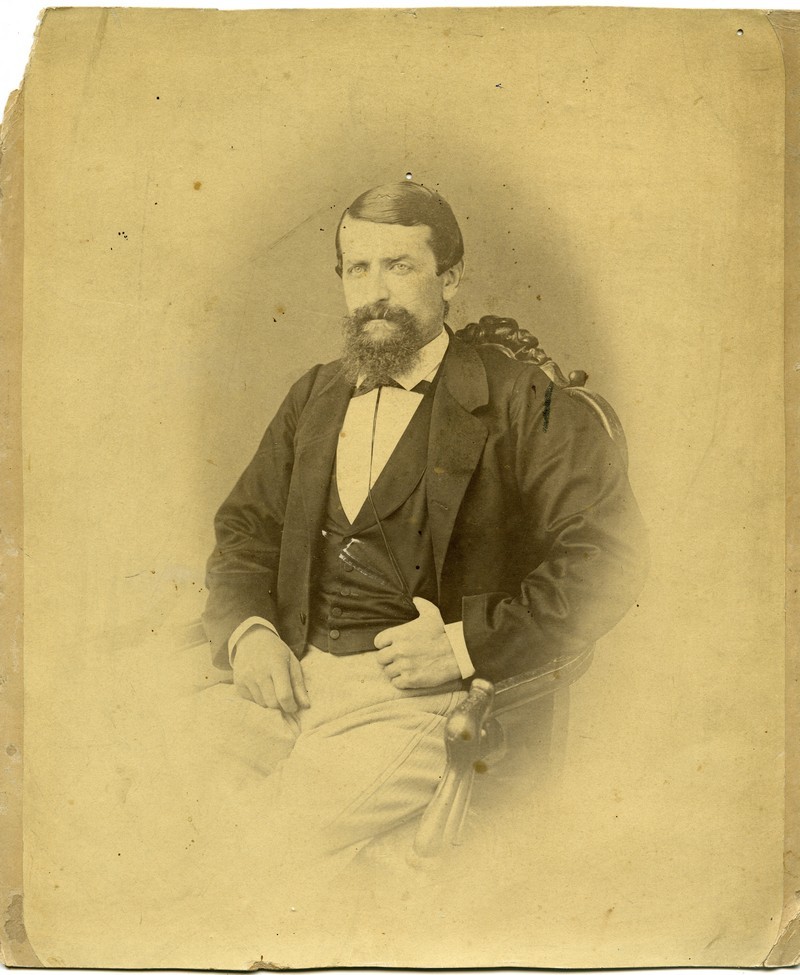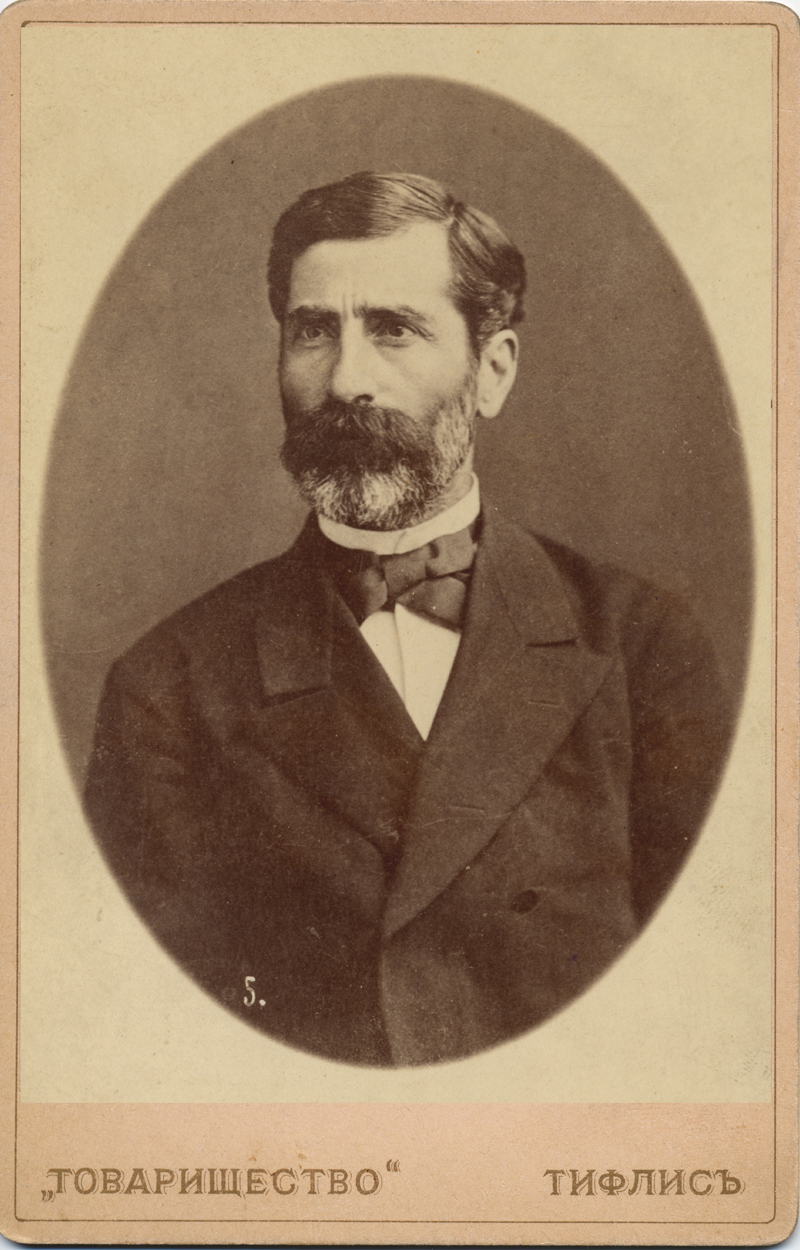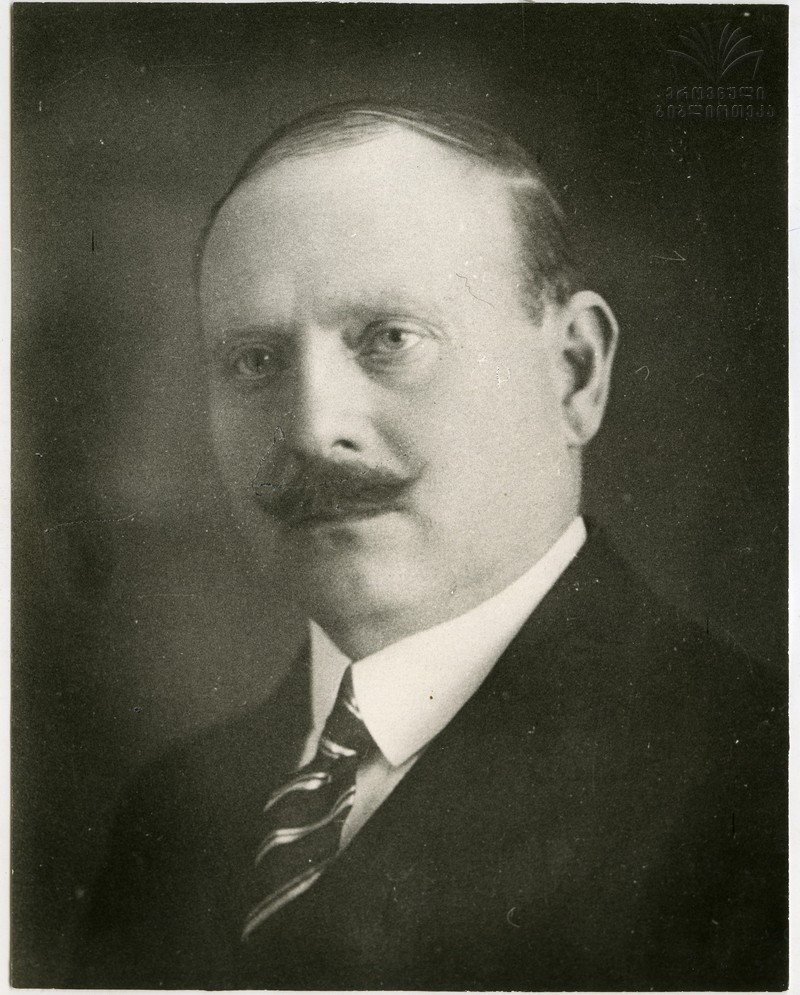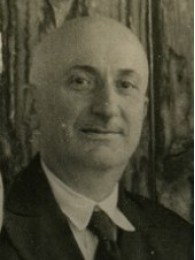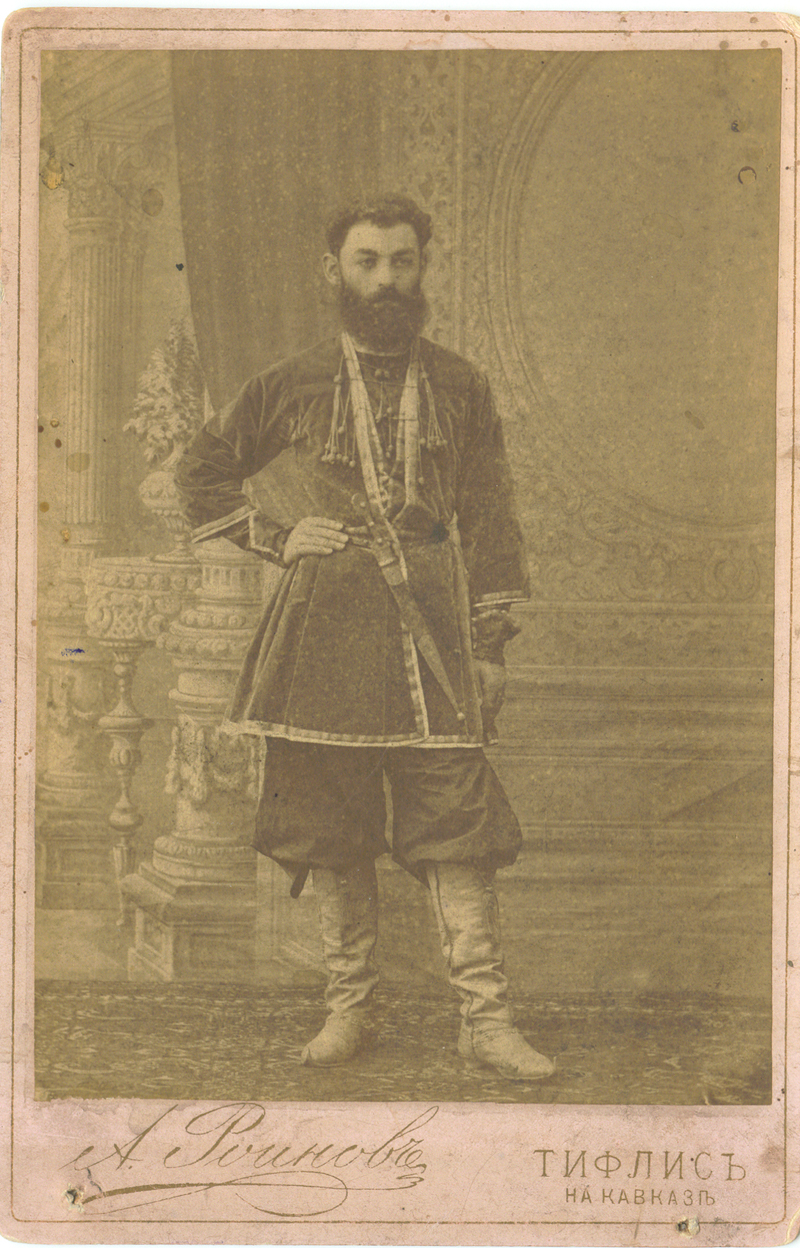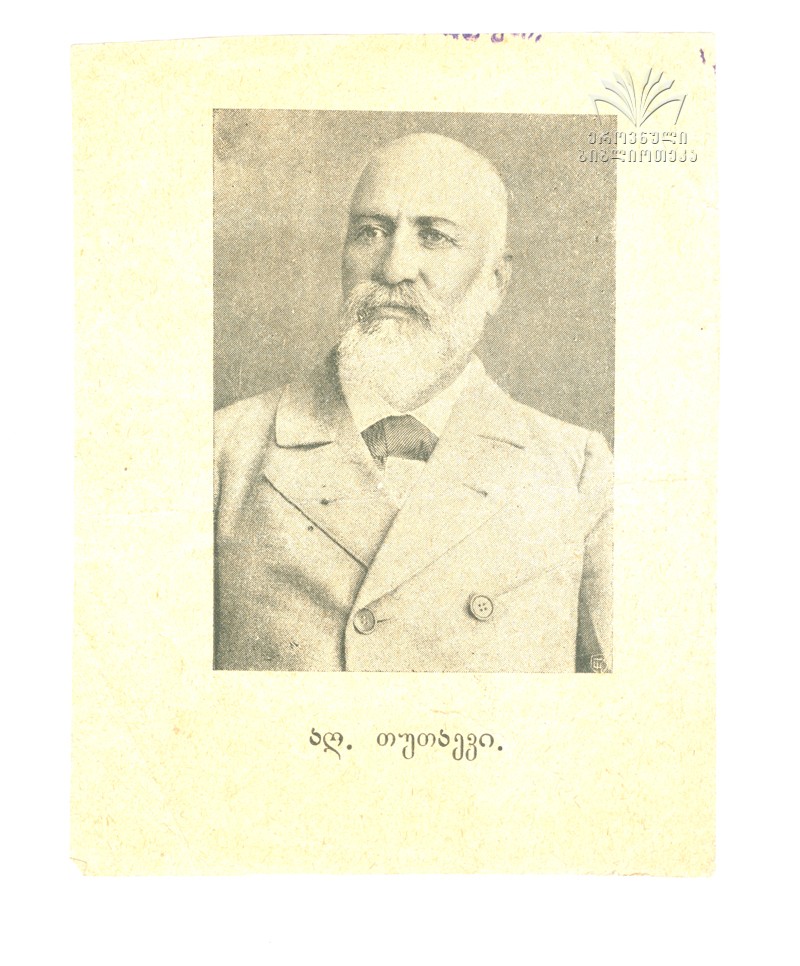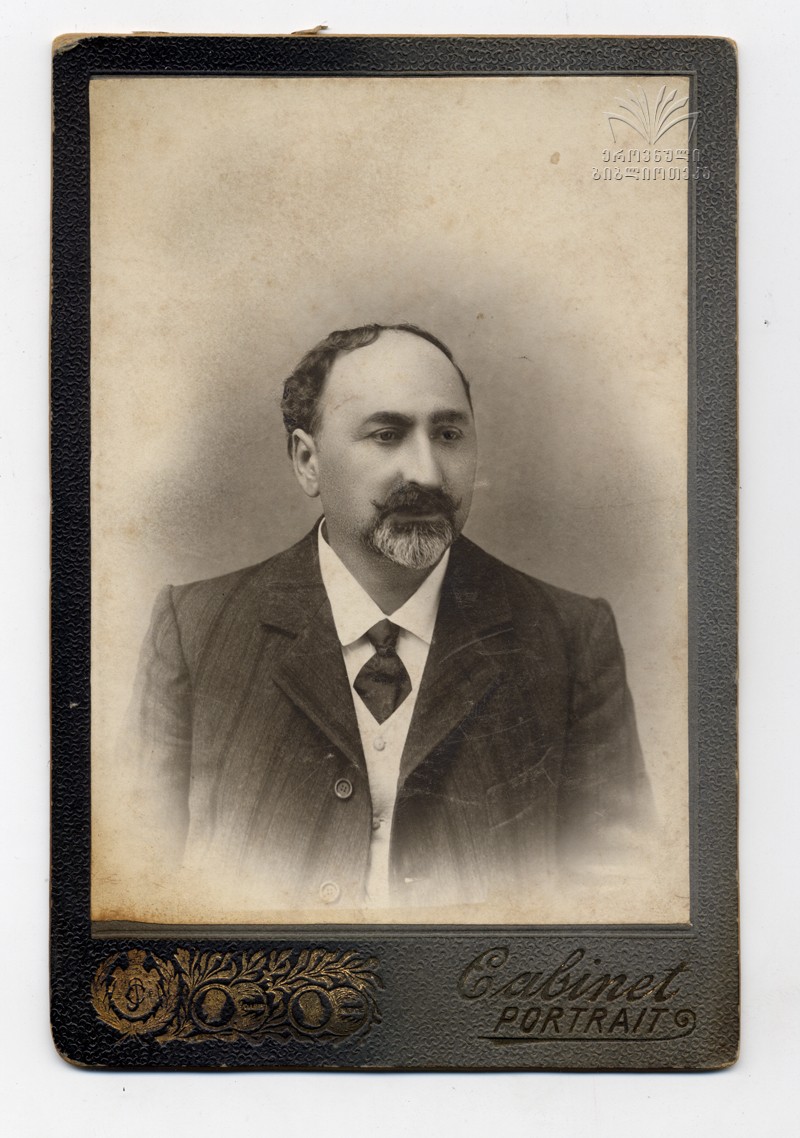Sophrom Mgaloblishvili
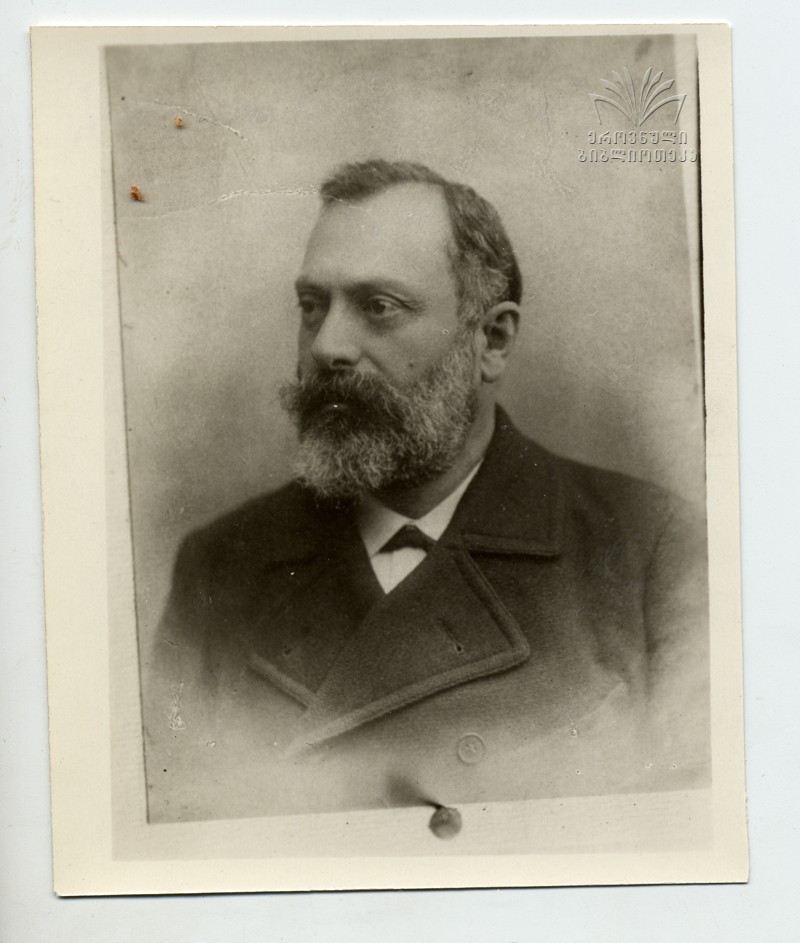
Prominent Member of the People’s Movement [“Narodnik”] and Writer - Sophrom Mgaloblishvili was born in the village of Dirbi, in Gori district, in 1867. In 1873 , he graduated from Tbilisi Theological Seminary and started working as a teacher at a theological school in Gori. He also engaged in political activities, leading to his arrest on two occasions (once in 1876 and again in 1878). An aspiring writer, he collaborated with the Georgian folk magazine "Imedi." and 1912 and 1913 served as an editor of the newspapers "Our Times” [Chveni Droeba] and “Community."
The work of Sopro Mgaloblishvili
His writings reflected on the lives of the Georgian peasantry from the period before the fall of serfdom to the revolution of 1905-1907, and subsequent trends. In his short stories "Mother Maya," “1880,” “1881,” "Mtiuli Sose," and “1892”), he expressed dismay at what he saw as the eternally doomed conditions of the peasantry, their merciless exploitation by merchants, landlords, and royal officials. Mgaloblishvili’s work revealed some rarely-covered stories of Georgian peasant women.
He died in 1925, and is buried in Didube Pantheon, Tbilisi.



